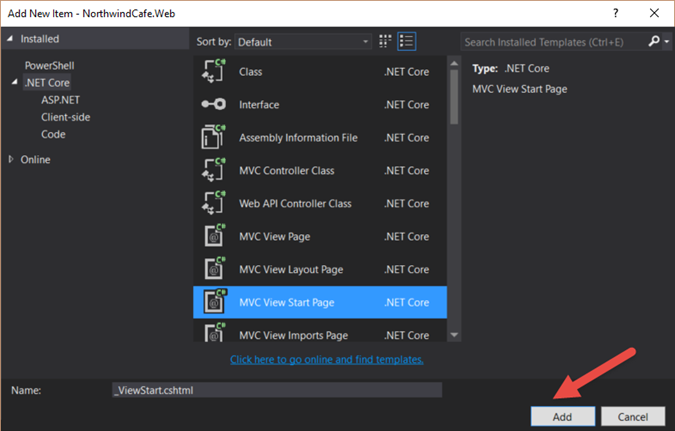Oracle VM VirtualBox : Creating a New Virtual Machine for Ubuntu Server Part 1
If you are a developer on a shoestring budget, Linux is the way to go if you want to compete with the big boys. I have nothing against Microsoft, I actually love it a lot on the job. But when you want to start a personal project, Linux is the way to go, to get the most bang for the buck.
Ubuntu has always been great at offering enterprise level server products for free. A lot of what you learn with Ubuntu or any server side Linux distribution you can translate into the Windows environment quite easily. So it's worth the effort.
But before you can do all that you need the Ubuntu server environment up and running. Instead of going the dual boot route you can have your Windows OS as your main OS and run Ubuntu on a virtual machine, that's where VirtualBox comes in. So let's begin our journey into the world of enterprise Linux.
2. Launch VirtualBox and click on the "New" button
Blogs in this series:
Ubuntu has always been great at offering enterprise level server products for free. A lot of what you learn with Ubuntu or any server side Linux distribution you can translate into the Windows environment quite easily. So it's worth the effort.
But before you can do all that you need the Ubuntu server environment up and running. Instead of going the dual boot route you can have your Windows OS as your main OS and run Ubuntu on a virtual machine, that's where VirtualBox comes in. So let's begin our journey into the world of enterprise Linux.
- First thing you need is the latest Ubuntu server distribution, you can get it here http://www.ubuntu.com/download/server
2. Launch VirtualBox and click on the "New" button
3. The "Create Virtual Machine" dialog box will be displayed, input the following information
4. It's important that you select 64-bit system, from the drop down if you want to install a 64-bit version of Ubuntu
5. Give your virtual machine 2 GB of memory to start off with, you can increase this value later, if needed. Two GB should be enough for most tasks. You don't want to allocate too much memory to your VM machines.
6. Click "Next"
7. Select "Create a virtual hard drive now" option
8. Click "Create"
9. On this screen you will see the flexibility of VirtualBox you can actually create Microsoft Virtual Machines with VirtualBox, it's the best of both worlds. Select "VDI (VirtualBox Disk Image)" to create a VirtualBox Disk Image. Then click "Next"
10. Select "Dynamically allocated" option, this will grow your disk as needed. Then click "Next"
11. The next screen is the "File location and size" screen. I gave my VM 25 GB, but you can give the amount of disk space that you are comfortable with. After you've allocated the disk space, click the "Create" button.
12. Now you have a new virtual machine ready for a Ubuntu Server in VirtualBox
Blogs in this series:











Comments
Post a Comment